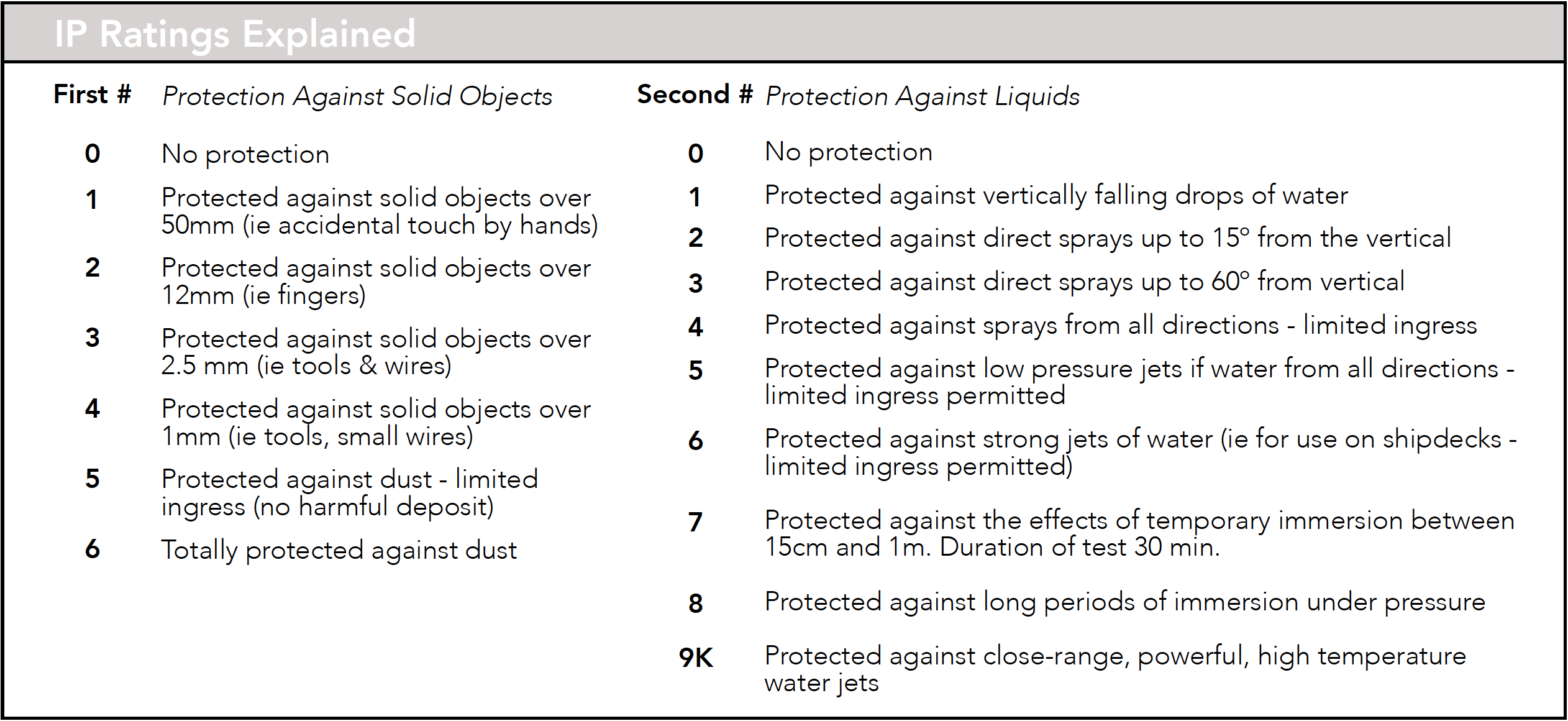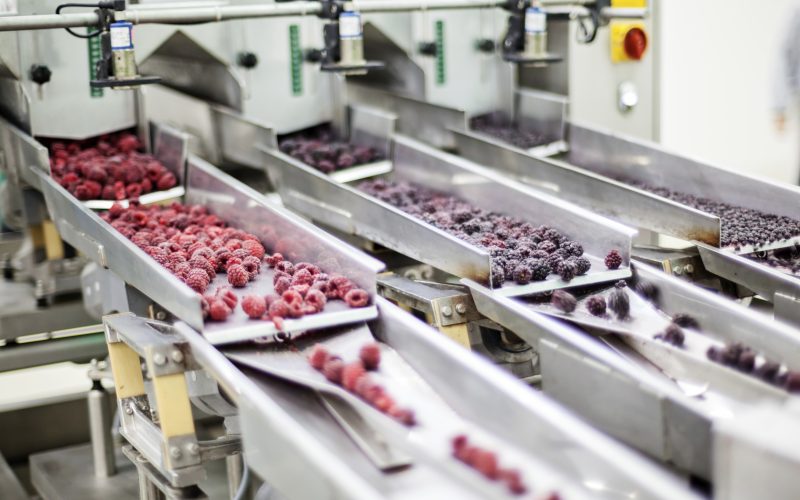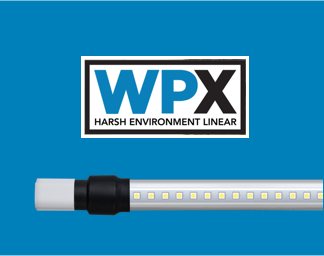USDA, FDA, & IES
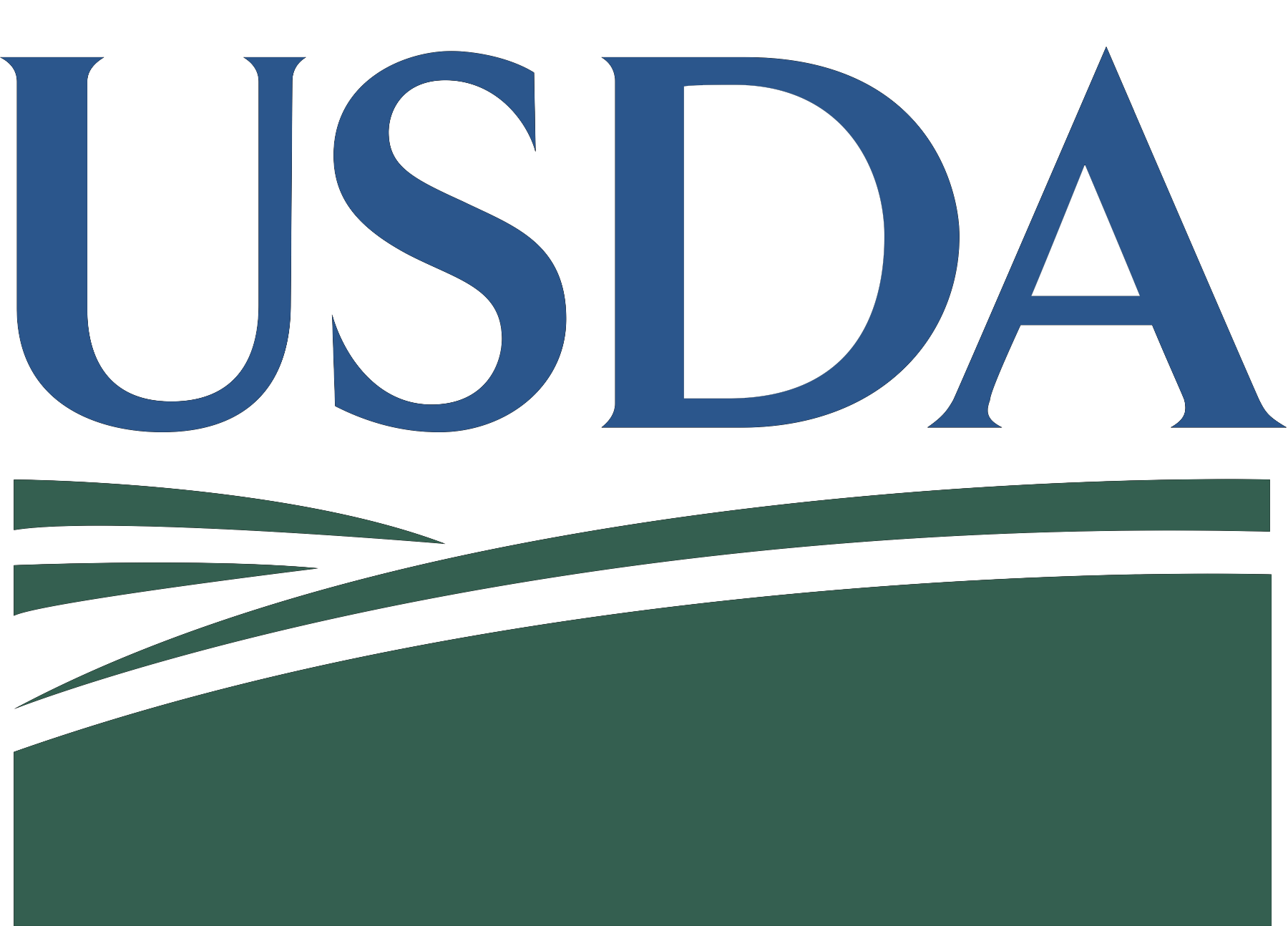 The US Department of Agriculture, the Food & Drug, and the Illumination Engineering Society are all involved in establishing the levels of illumination required in food processing facilities. The amount of light required, in both foot-candles and uniformity, vary greatly based on the tasks performed and types of meat, dairy, and other foods being processed.
The US Department of Agriculture, the Food & Drug, and the Illumination Engineering Society are all involved in establishing the levels of illumination required in food processing facilities. The amount of light required, in both foot-candles and uniformity, vary greatly based on the tasks performed and types of meat, dairy, and other foods being processed.
The importance of adequate lighting is clearly expressed in USDA regulations (§416.2(c) Light):
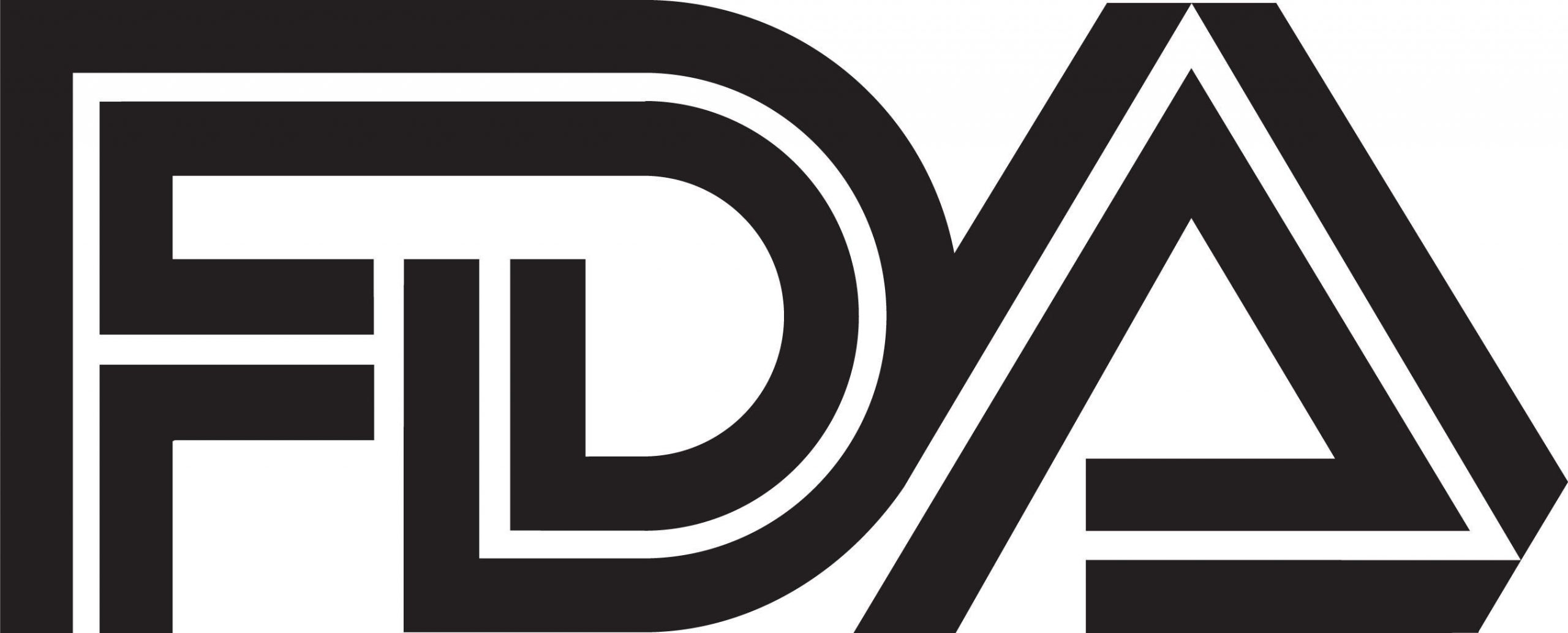
“Adequate lighting is essential to maintain a sanitary environment for slaughter and processing operations. Without adequate lighting, insanitary conditions are difficult to see and correct. Similarly, contaminants cannot be easily avoided or removed if they cannot be seen.”
The greatest light levels are required by the Food Safety and Inspection Service (FSIS), which is an arm of the USDA, for inspection areas within food processing facilities. These inspection areas can require 200 foot-candles of shadow-free light, with a color rendering index of at least 85.
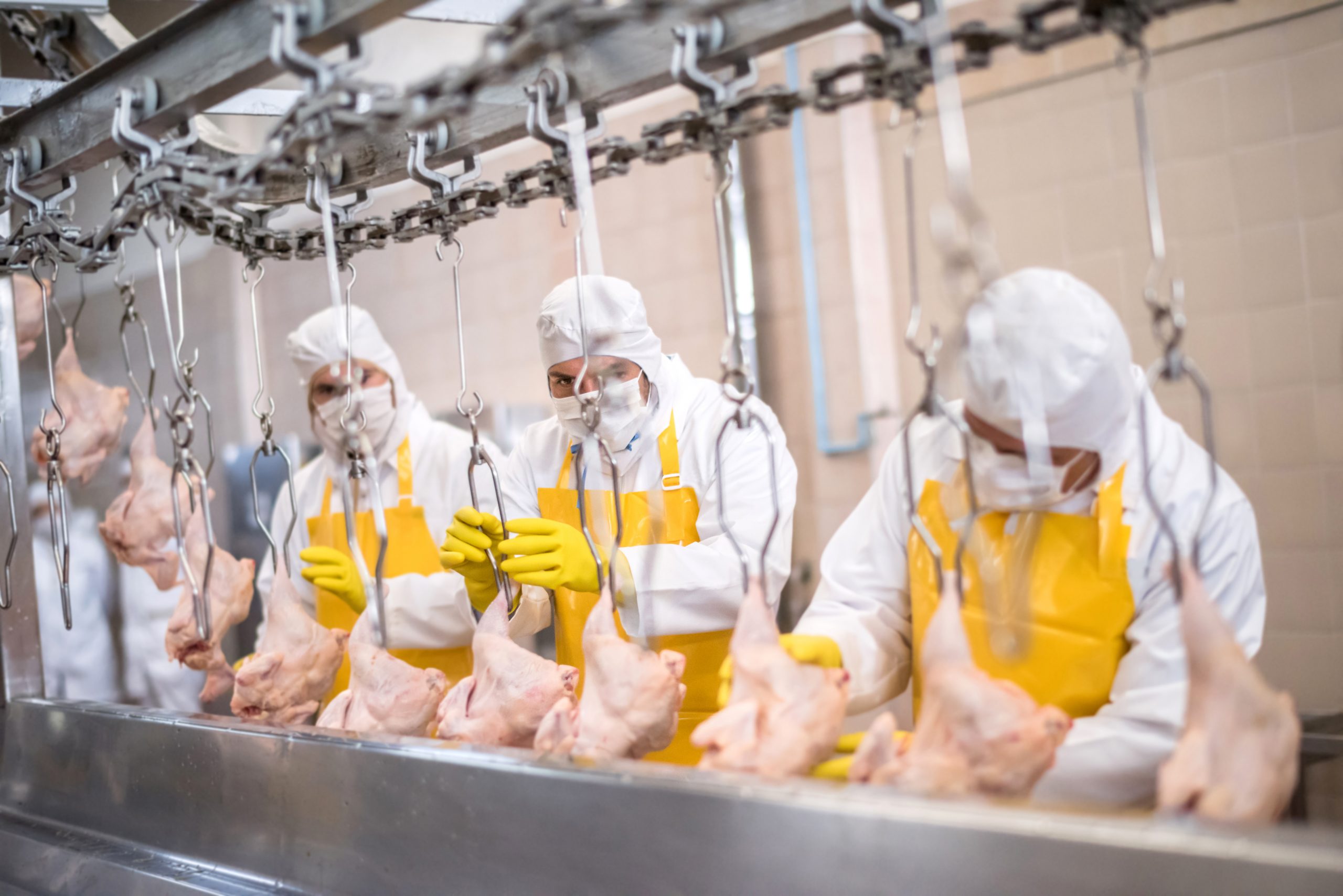
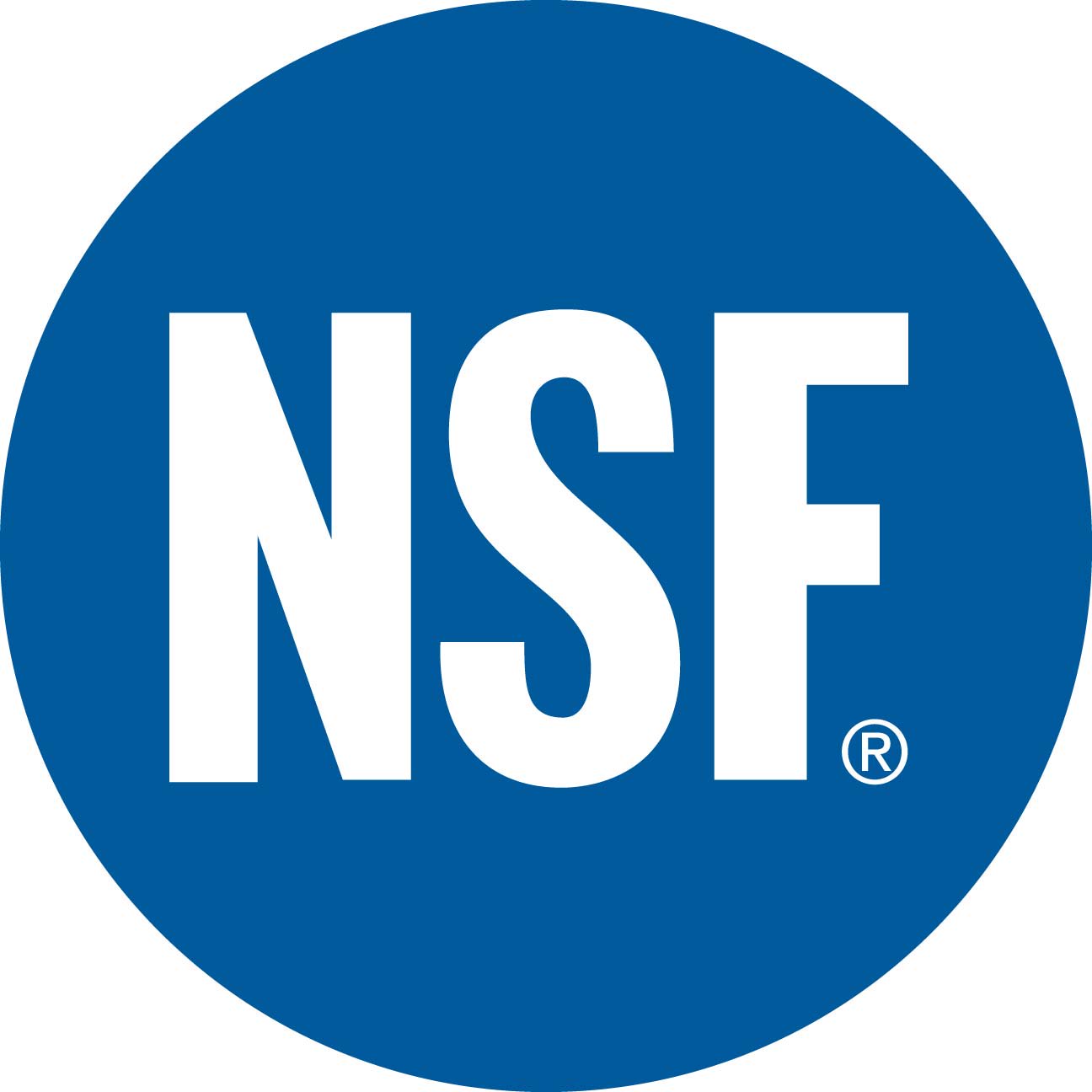
 The US Department of Agriculture, the Food & Drug, and the Illumination Engineering Society are all involved in establishing the levels of illumination required in food processing facilities. The amount of light required, in both foot-candles and uniformity, vary greatly based on the tasks performed and types of meat, dairy, and other foods being processed.
The US Department of Agriculture, the Food & Drug, and the Illumination Engineering Society are all involved in establishing the levels of illumination required in food processing facilities. The amount of light required, in both foot-candles and uniformity, vary greatly based on the tasks performed and types of meat, dairy, and other foods being processed.
